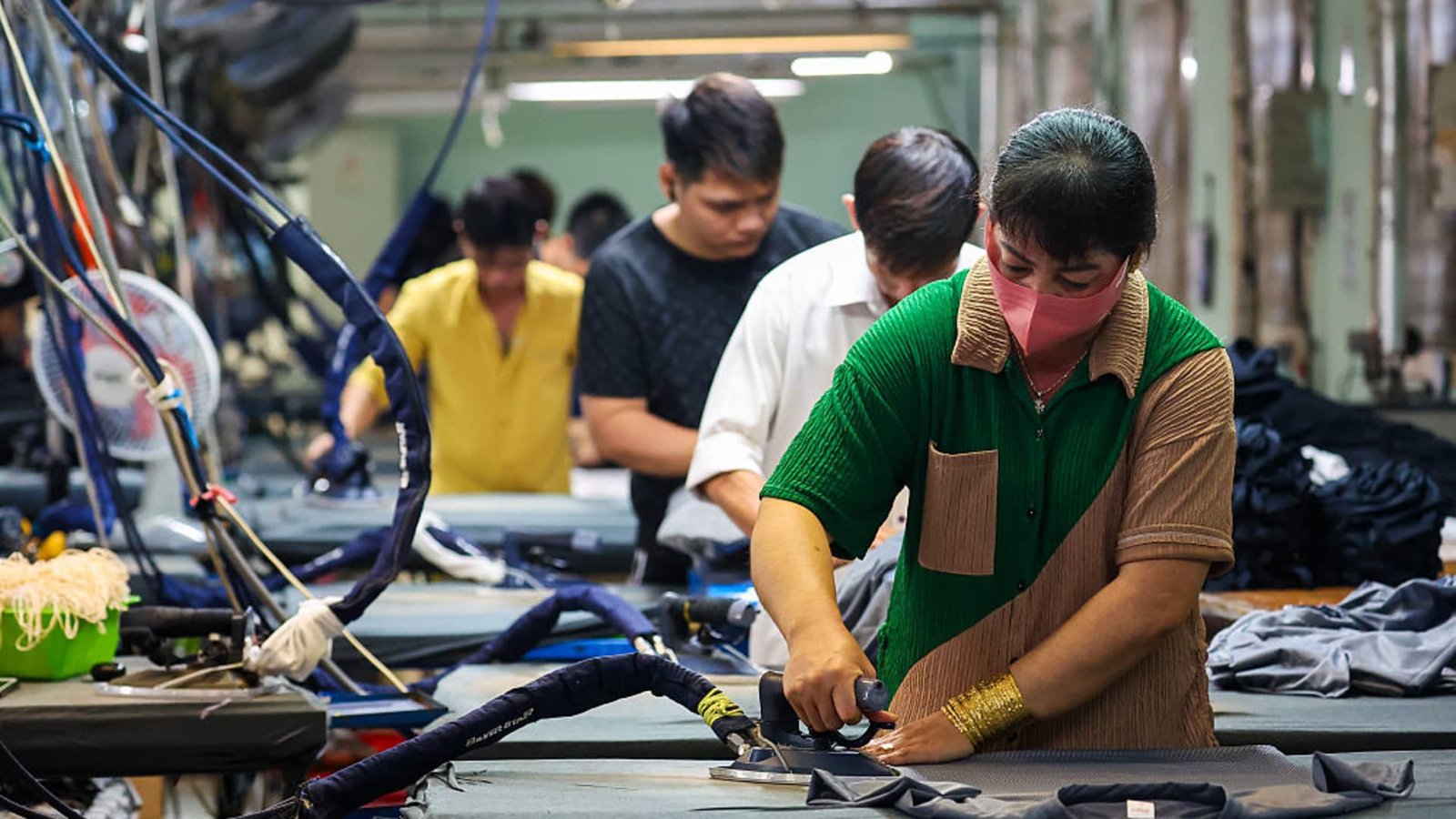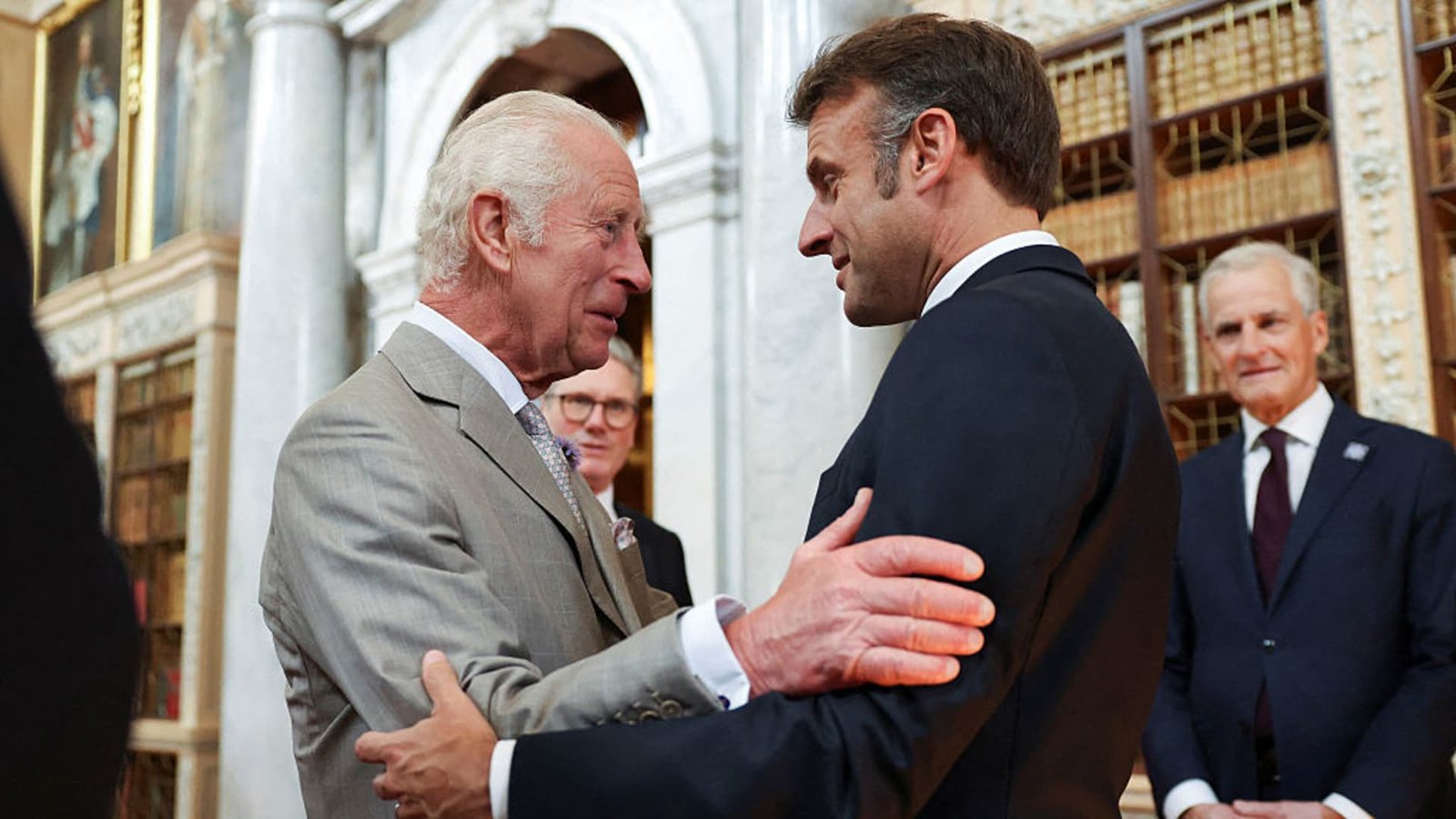Workers at a Thai Son S.P. Co. garment factory endeavor to produce products for global clients, in Thu Duc, Ho Chi Minh, Vietnam, on June 21, 2025.
Daniel Ceng | Anadolu | Getty Images
Global attention turned to Vietnam on Thursday, after U.S. President Donald Trump announced a trade deal with Hanoi just days before Washington’s reciprocal tariffs come back in full force.
Under the agreement, the U.S. will apply a 20% duty on Vietnamese imports — sharply below the 46% rate Trump had imposed in early April. U.S. imports to Vietnam will meanwhile not be subject to tariffs.
Trump also said that Vietnam had agreed to a 40% duty on any products that originally came from another country, but were sent to Vietnam for final shipment to the U.S. China has reportedly repeatedly relied on this practice, known as transshipping, to avoid trade barriers.
Vietnam is one of the few countries that has struck a trade deal with the White House, while the clock ticks down on Trump’s 90-day temporary reprieve. Many nations have been left wondering how the future of their trade relationship with the world’s largest economy could shape up.
“What we learned from the Vietnam deal is, if anything, the tariffs are going to go up from here, not down,” Sebastian Raedler, head of European equity strategy at BofA, told CNBC’s “Europe Early Edition” on Thursday.
 These are the sticking points holding up a U.S.-EU trade deal
These are the sticking points holding up a U.S.-EU trade deal
“The Vietnamese authorities have been clear about their intent to negotiate with the US, even before the reciprocal announcements were made in April,” she said by email, adding that the same was true for other regional economies like Indonesia and Malaysia.
“Compared to these economies, the case with [the] EU has not always been smooth sailing and the US has been more public in its criticism of the EU at different times in the past few months,” Venkateswaran said.

Trade negotiations between the EU and U.S. have been challenging and slow to develop, with sources telling CNBC that a bare-bones “political” deal with scant initial details may be the the EU’s best hope at this point. Analysts and economists have also expressed uncertainty about the likelihood of a trade agreement, given key sticking points like big tech regulation, taxation, and broadly mismatched world views.
Trump has called for tariffs as high as 50% on the EU, while the bloc has threatened wide-ranging countermeasures, which have also been paused until next week.



